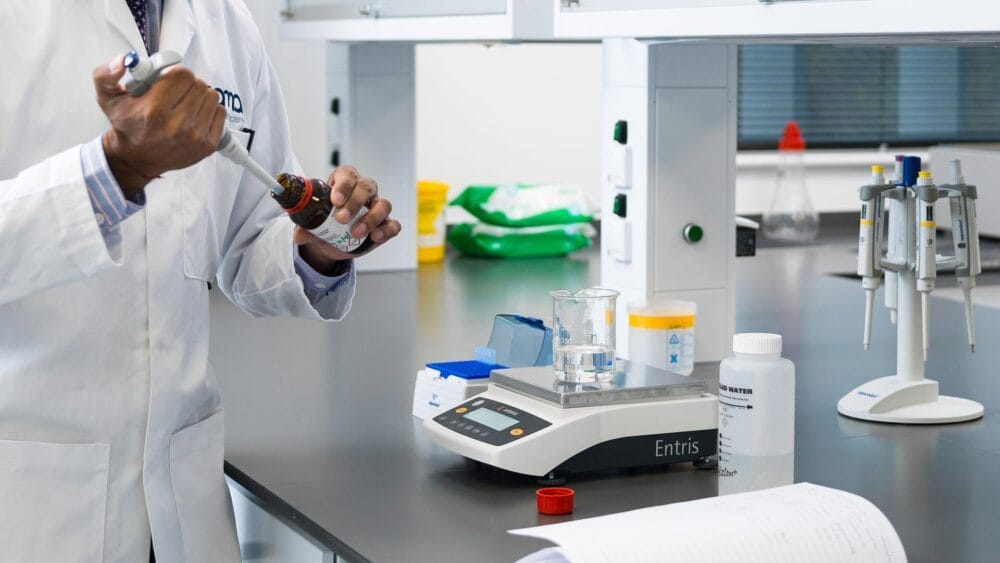Posted
13th January 2016
Research
There is a steadily growing body of evidence that chlorhexidine washcloths can be effective in controlling multi-resistant Gram-negatives. Hot on the heels of a paper that demonstrated the effectiveness of the in controlling spread of Acinetobacter in a critical care unit1 comes a further paper relating to a hospital-wide outbreak of multi-resistant Acinetobacter. A new paper2 from Gray and colleagues from Montreal, Canada just published ‘in press’ in the Journal of Hospital Infection reported on the measures that they implemented to bring about control of the largest XDR Acinetobacter baumannii outbreak in the country to date. The outbreak, involving a single clonal strain, took place in multiple units of a large hospital, although transmission occurred on just two wards in the main. Interestingly, although carriage was detected at multiple sites on patients, only 57% were found to be rectal carriers.
Specific control measures included the creation of a cohort area on a ward with a strong culture of infection control and a patient population at lower risk of progressing from colonisation to infection. All affected wards underwent rigorous decontamination and additional training was provided to healthcare workers. XDR-Acinetobacter cases were provided with dedicated equipment and were bathed daily with 2% chlorhexidine gluconate-impregnated wipes as a source-control measure. Other general measures also included audits of compliance with hand hygiene and environmental decontamination, with feedback being given to staff.Screening was in interesting aspect of this study. The fact that nearly half of patients were not rectal carriers contrasts markedly with CRE, for which rectal screening is considered sufficient to reliably detect carriage. This study highlights the need to sample a large number of body sites in order to exclude colonization with confidence.In their discussion, the author express surprise that chlorhexidine bathing has been omitted as a control strategy in recent reviews, despite a number of papers that suggest that it is effective. Other work, including a study in a long-term facility has reported on the use of this strategy to control an Acinetobacter outbreak3. A 53% reduction in the incidence of Acinetobacter infection was reported in a long-term acute care facility following the introduction of chlorhexidine baths every other day for cases, and weekly for non-cases. The more intensive daily protocol used in this Canadian study may partially account for the greater success in controlling this outbreak.
SHARE THIS ARTICLE
Tags
Latest News
Introducing HEXI HUB: A seamless transition in our product line
We’re pleased to announce an update to our product offering…
Innovative solutions for tackling Carbapenemase-producing Enterobacteriaceae (CPE) at King’s College Hospitals
King’s College Hospital NHS Foundation Trust, one of London’s largest…
Gloves Off: reducing unnecessary plastic waste during environmental cleaning and disinfection
In this blog, Dr Phil Norville discusses the momentum-gaining ‘Gloves…
Gloves Off: Navigating SDS sheets and skin safety claims in environmental decontamination products
In this blog, James Clarke (Head of R&D, Science &…




